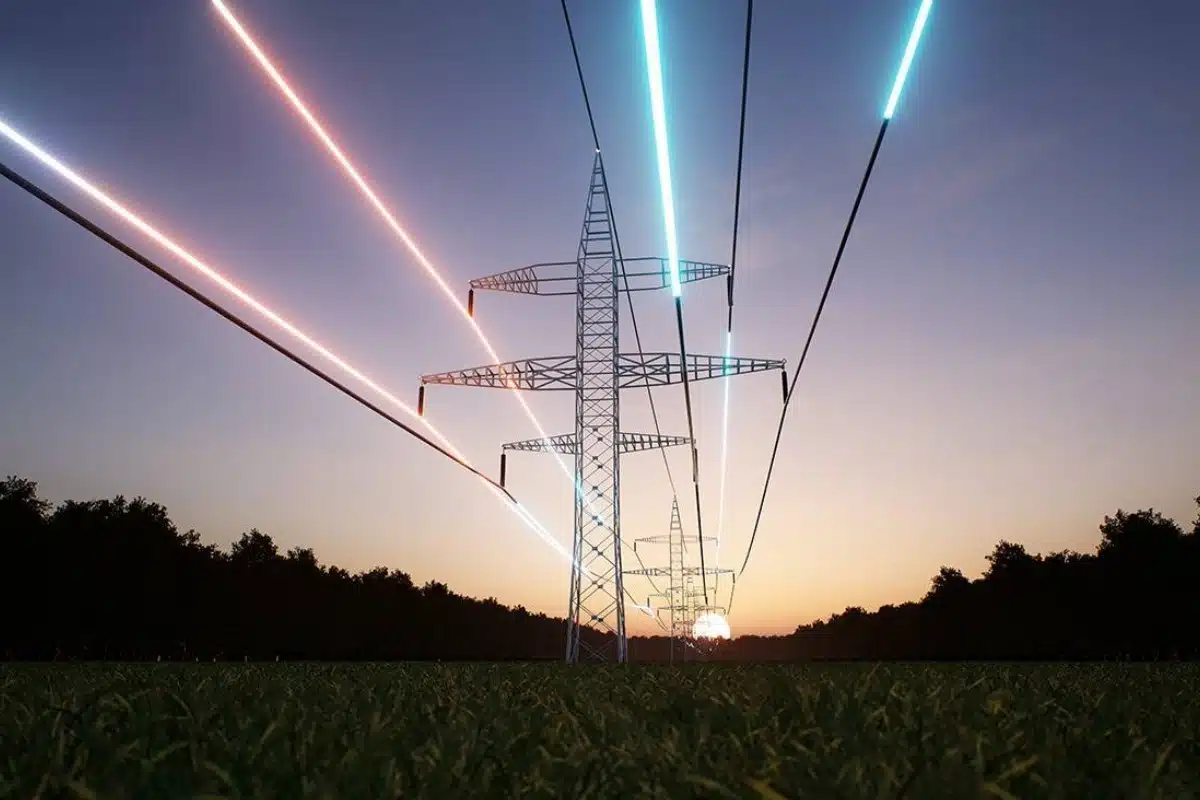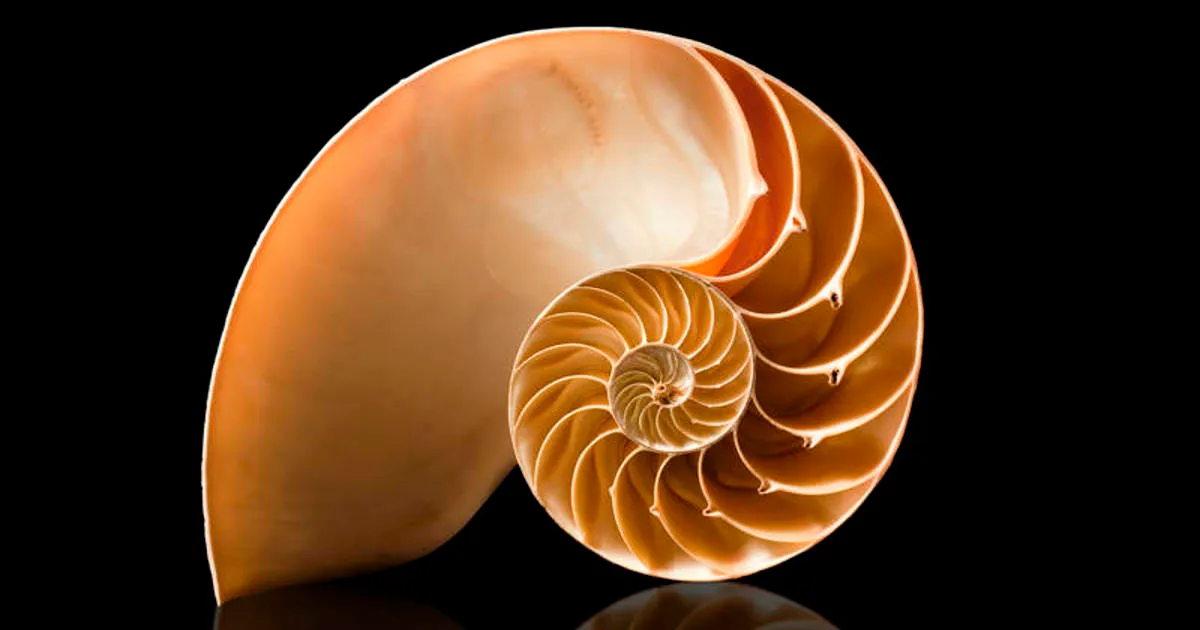Piezoelectric stones represent one of nature’s most fascinating phenomena, bridging the gap between mechanical energy and electrical power in ways that continue to revolutionize modern technology.
From ancient quartz crystals to cutting-edge nanomaterials, these remarkable substances have transformed how we think about energy conversion, sensing technology, and innovative engineering solutions. The piezoelectric effect—discovered over a century ago—remains at the forefront of technological advancement, powering everything from medical ultrasounds to smartphone components, and opening doors to sustainable energy harvesting methods that could reshape our future.
🔬 Understanding the Piezoelectric Phenomenon
The piezoelectric effect occurs when certain crystalline materials generate an electric charge in response to applied mechanical stress. This remarkable property works both ways: applying an electrical field to these materials causes them to change shape physically. The word “piezoelectric” itself comes from the Greek word “piezein,” meaning to press or squeeze, perfectly capturing the essence of this mechanical-electrical interaction.
Natural piezoelectric stones include quartz, tourmaline, topaz, and certain types of ceramic materials. These substances possess a specific crystalline structure where the arrangement of atoms lacks a center of symmetry. When pressure is applied, the positive and negative charge centers within the crystal separate, creating an electric dipole and generating voltage across the material.
The Science Behind Crystal Resonance
Resonant structures in piezoelectric materials occur when these crystals vibrate at their natural frequency. Every piezoelectric stone has specific resonant frequencies determined by its physical dimensions, shape, and material properties. When stimulated at these frequencies, the crystal oscillates with maximum amplitude, creating enhanced energy conversion efficiency.
This resonance principle is fundamental to numerous applications. The precision of quartz crystal oscillators in watches and electronic devices relies entirely on maintaining stable resonant frequencies. These crystals can vibrate millions of times per second with remarkable consistency, providing the accurate timekeeping we depend on daily.
⚡ Revolutionary Applications in Modern Technology
Piezoelectric stones and their synthetic counterparts have infiltrated virtually every sector of modern technology. Their unique properties make them indispensable for applications requiring precise motion control, energy conversion, or high-frequency signal generation.
Medical Technology Breakthroughs
The medical field has embraced piezoelectric technology with unprecedented enthusiasm. Ultrasound imaging systems rely on piezoelectric transducers to send and receive high-frequency sound waves through body tissues. These devices convert electrical signals into mechanical vibrations and vice versa, creating detailed images of internal organs, monitoring fetal development, and guiding minimally invasive procedures.
Beyond imaging, piezoelectric materials are revolutionizing surgical instruments. Ultrasonic scalpels use high-frequency vibrations generated by piezoelectric crystals to cut tissue with minimal bleeding and faster healing times. Dental equipment employs similar technology for precision cleaning and cavity preparation, offering patients more comfortable experiences than traditional mechanical tools.
Consumer Electronics and Communications
Your smartphone contains multiple piezoelectric components working silently behind the scenes. Microphones and speakers use piezoelectric elements to convert sound waves into electrical signals and back again. The haptic feedback you feel when typing on a touchscreen often comes from tiny piezoelectric actuators creating precise vibrations.
Quartz crystal oscillators serve as the timing reference for virtually all digital electronics. These components maintain the clock signals that synchronize processors, enable wireless communications, and ensure GPS systems can pinpoint locations with meter-level accuracy. Without piezoelectric resonators, modern telecommunications would be impossible.
🌱 Sustainable Energy Harvesting Solutions
One of the most exciting frontiers in piezoelectric technology involves harvesting ambient mechanical energy from the environment. This approach could provide sustainable power sources for small electronic devices, reducing dependence on batteries and contributing to environmental conservation efforts.
Walking Power: Piezoelectric Pavements
Several cities worldwide have experimented with piezoelectric tiles installed in high-traffic areas. These tiles convert the mechanical pressure from footsteps into electrical energy. While individual steps generate modest amounts of power, the cumulative effect in busy train stations or shopping centers can illuminate signage, power sensors, or contribute to grid systems.
The technology shows particular promise for remote or off-grid locations where traditional power infrastructure is impractical. Hiking trails, for instance, could feature piezoelectric elements in strategic locations to power emergency communication systems or lighting without requiring battery replacements or electrical connections.
Transportation and Infrastructure Monitoring
Highway engineers are exploring piezoelectric sensors embedded in road surfaces to monitor traffic patterns, weigh vehicles in motion, and detect structural problems in pavement. These sensors can operate indefinitely, powered by the very vehicles they monitor, creating self-sustaining intelligent transportation systems.
Bridge monitoring systems use piezoelectric sensors to detect vibrations and structural stresses, providing early warning of potential failures. These systems enhance safety while reducing maintenance costs by enabling targeted inspections based on actual structural conditions rather than arbitrary schedules.
🏗️ Engineering Innovative Resonant Structures
Maximizing the potential of piezoelectric materials requires sophisticated engineering of resonant structures. Modern designers use computer modeling and advanced manufacturing techniques to create components optimized for specific applications.
Material Selection and Optimization
Different piezoelectric materials offer distinct advantages for various applications. Lead zirconate titanate (PZT) ceramics provide excellent electromechanical coupling but contain toxic lead. Researchers are developing lead-free alternatives using materials like barium titanate and potassium sodium niobate that maintain high performance while eliminating environmental concerns.
Single-crystal materials like lithium niobate offer superior properties for specialized applications such as high-frequency filters and optical modulators. The choice of material depends on factors including required frequency range, operating temperature, mechanical stress levels, and environmental considerations.
Geometric Design Considerations
The shape and dimensions of piezoelectric elements critically affect their resonant characteristics. Thin disks resonate at different frequencies than rectangular plates or cylindrical rods of the same material. Engineers manipulate these geometric factors to tune devices for specific frequency responses.
Modern manufacturing techniques enable creation of complex three-dimensional structures impossible to achieve with traditional machining. Additive manufacturing and precision laser cutting allow designers to create piezoelectric components with intricate internal geometries that optimize energy conversion efficiency and frequency response.
🎯 Cutting-Edge Research and Future Directions
The field of piezoelectric technology continues evolving rapidly, with researchers exploring novel materials, structures, and applications that could transform multiple industries.
Nanoscale Piezoelectric Devices
Nanotechnology has opened new frontiers for piezoelectric applications. Zinc oxide nanowires and other nanostructured piezoelectric materials exhibit enhanced properties due to their high surface-area-to-volume ratios. These nanoscale generators could power implantable medical devices, wearable sensors, or Internet of Things components.
Researchers have demonstrated piezoelectric nanogenerators that harvest energy from body movements, breathing, or even blood flow. Such devices could eliminate the need for battery replacements in pacemakers and other implanted medical technology, reducing patient risk and healthcare costs.
Flexible and Wearable Piezoelectric Systems
Traditional piezoelectric ceramics are rigid and brittle, limiting their applications. Recent developments in flexible piezoelectric materials—including certain polymers and composite structures—enable integration into clothing, skin patches, and conformable surfaces. These flexible systems can harvest energy from natural body movements while monitoring physiological parameters.
Smart fabrics incorporating piezoelectric fibers could charge mobile devices, power health monitors, or adjust their properties in response to environmental conditions. Athletes might wear shirts that generate power from their movements while simultaneously monitoring muscle activity and biomechanical performance.
🔧 Practical Implementation Challenges
Despite their tremendous potential, piezoelectric technologies face several obstacles that researchers and engineers continue addressing.
Energy Output Limitations
While piezoelectric energy harvesting shows great promise, the actual power generated remains relatively modest. A single footstep on a piezoelectric tile might generate only a few joules of energy—enough to power an LED for a brief moment but insufficient for energy-intensive applications. Scaling up systems and improving efficiency remain ongoing challenges.
The economic viability of energy harvesting applications depends on achieving sufficient power output to justify installation costs. For widespread adoption, systems must demonstrate clear advantages over traditional power sources in terms of convenience, reliability, or total cost of ownership.
Durability and Environmental Factors
Piezoelectric materials must withstand mechanical stress, temperature variations, humidity, and chemical exposure throughout their operational lifetime. Fatigue from repeated cycling can degrade performance over time, particularly in high-stress applications. Protective coatings and robust packaging help extend device longevity but add complexity and cost.
Temperature sensitivity poses challenges for applications in extreme environments. Most piezoelectric ceramics have a Curie temperature above which their piezoelectric properties disappear. Engineers must carefully select materials and design thermal management systems for high-temperature applications.
💡 Emerging Applications and Market Opportunities
The piezoelectric technology market continues expanding as new applications emerge across diverse industries. Market analysts project significant growth driven by increasing demand for sensors, actuators, and energy harvesting solutions.
Automotive Industry Integration
Modern vehicles incorporate numerous piezoelectric sensors for engine management, safety systems, and driver assistance features. Knock sensors detect abnormal combustion in engines, enabling precise fuel injection timing. Piezoelectric accelerometers in airbag systems detect collision forces and trigger deployment within milliseconds.
Future autonomous vehicles will require even more sophisticated sensor arrays. Piezoelectric ultrasonic sensors provide short-range obstacle detection, complementing radar and lidar systems. Energy harvesting from vehicle vibrations could power wireless sensor networks without requiring wiring throughout the vehicle.
Industrial Automation and Robotics
Precision manufacturing relies heavily on piezoelectric actuators for positioning systems requiring nanometer-level accuracy. Semiconductor fabrication equipment, optical alignment systems, and scientific instruments all benefit from the rapid response and fine control that piezoelectric actuators provide.
Robotic applications increasingly incorporate piezoelectric sensors for force feedback and tactile sensing. These sensors enable robots to handle delicate objects, perform assembly tasks requiring precise force control, and interact safely with human coworkers in collaborative manufacturing environments.
🌐 Global Innovation and Collaborative Research
Advancing piezoelectric technology requires collaboration between materials scientists, electrical engineers, mechanical designers, and application specialists. Research institutions worldwide are partnering with industry to accelerate development and commercialization of innovative solutions.
International conferences and professional organizations facilitate knowledge sharing and establish standards for piezoelectric materials and devices. These collaborative efforts ensure compatibility between components from different manufacturers and promote best practices in design and testing.
Academic researchers continue exploring fundamental questions about piezoelectric phenomena, discovering new materials and uncovering novel effects that could enable breakthrough applications. This basic research provides the foundation for future commercial products that will further expand the technology’s impact.
🚀 Transforming Tomorrow’s Technology Landscape
The power of piezoelectric stones and engineered materials extends far beyond their simple ability to convert mechanical energy into electrical signals. These remarkable substances enable precision, efficiency, and innovation across countless applications that define modern life. From the smartphone in your pocket to the medical equipment saving lives in hospitals, piezoelectric technology works invisibly but indispensably.
As research advances and manufacturing techniques improve, we can expect even more creative applications of piezoelectric principles. Smart cities might incorporate extensive piezoelectric sensor networks, creating urban environments that respond dynamically to occupant needs. Sustainable energy harvesting could reduce reliance on batteries and contribute to cleaner power ecosystems. Medical technology will continue benefiting from piezoelectric innovations that improve diagnostics, enhance treatments, and enable less invasive procedures.
The resonant structures that harness these effects represent elegant solutions to complex engineering challenges. By understanding and optimizing how piezoelectric materials respond to mechanical and electrical stimulation, engineers create devices with remarkable capabilities. The journey from natural quartz crystals to sophisticated nanostructured materials demonstrates humanity’s ability to understand natural phenomena and apply that knowledge toward practical solutions.
Looking forward, the convergence of piezoelectric technology with artificial intelligence, advanced materials science, and miniaturization promises revolutionary possibilities. Imagine buildings that generate their own power from ambient vibrations, medical implants that last decades without battery replacement, or consumer electronics that charge themselves through everyday interactions. These scenarios, once confined to science fiction, are becoming increasingly feasible as piezoelectric technology matures.
The true power of piezoelectric stones lies not merely in their physical properties but in human ingenuity—our capacity to recognize potential, overcome limitations, and transform scientific principles into technologies that improve lives. As we continue unlocking the secrets of these remarkable materials and engineering ever-more sophisticated resonant structures, we create a future where energy efficiency, precision control, and sustainable innovation become increasingly integrated into the fabric of daily life.
Toni Santos is a visual researcher and educational designer specializing in tactile learning tools, exploring how hands-on, sensory experiences can illuminate ancient construction techniques, lost technologies of early civilizations, sacred geometries and earth alignments, and mysterious energy sources. Through embossed maps, textured models, and handcrafted manipulatives, Toni investigates how physical interaction deepens understanding, memory, and creativity, while uncovering the subtle ways these tools convey knowledge across cultures and ages. Blending design theory, educational psychology, and archival research, Toni curates case studies, visual explorations, and instructional resources that celebrate the craft, innovation, and cognitive power of touch-based learning, inviting educators, designers, and curious minds to engage with the hidden patterns and energies that have shaped human history.




